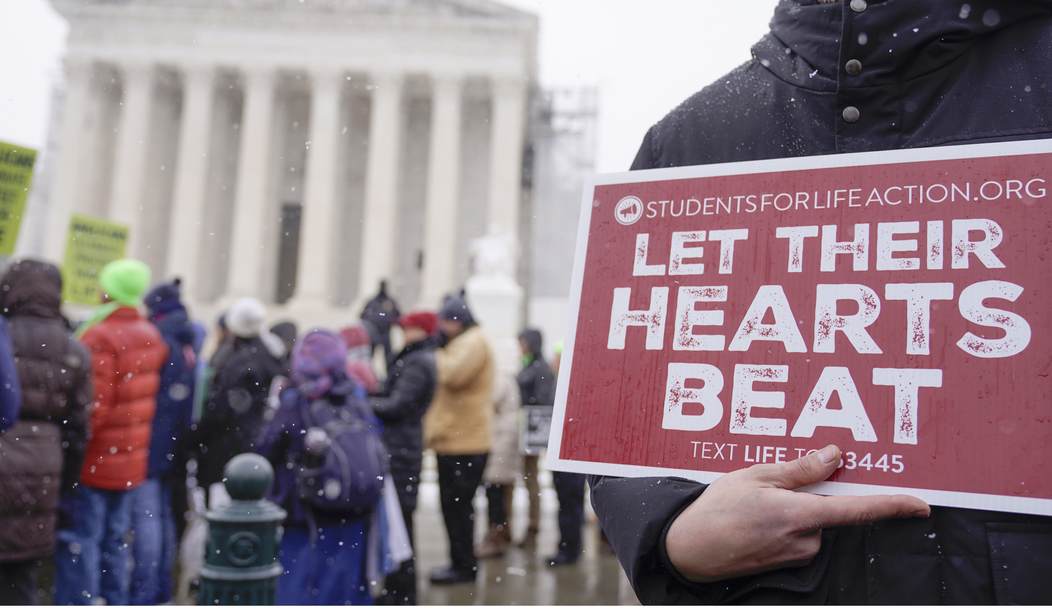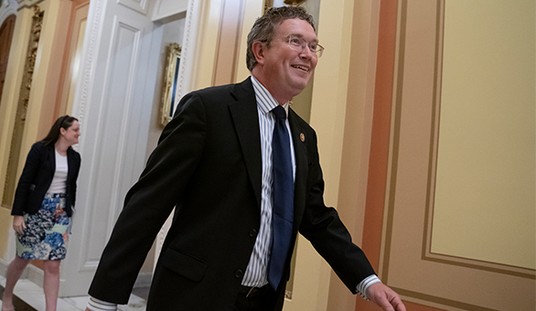Picture a 15-year-old girl in a small town. She’s missed two periods, she's panicked, and she's too terrified to tell her parents. Online, she finds a California clinic that will mail abortion pills with no ID required. To qualify, she fudges the date of her last menstrual period — claiming six weeks instead of eleven. She swallows the pills, locks herself in her bedroom, and hours later collapses in a pool of blood. Her mother discovers her barely conscious and rushes her to the ER. Doctors save her life, but she leaves scarred in body and spirit.
That is neither a rare nor an unexpected horror story. It is the logical outcome of a system that prioritizes maximum access over basic safeguards for political reasons. And it is teens — the youngest, most frightened, least medically stable patients — who stand most at risk.
The Push Toward Mail-Order Abortions
In recent years, medication abortion has become the dominant form of abortion in the United States. By 2023, it accounted for roughly 63% of all abortions nationwide. Supporters emphasize its convenience: instead of an in-person clinic visit, patients can log into a telehealth portal, answer a questionnaire, and receive pills in the mail.
Major organizations like the American College of Obstetricians and Gynecologists (ACOG) argue that this “no-test” approach is safe for early pregnancies — usually defined as under 70 days, or about 10 weeks. Studies of screened, adult populations in structured telehealth programs show low complication rates: around 0.25% had serious adverse events, and more than 98% had complete abortions without surgery.
But those numbers don’t tell the whole story. They rely on honesty, accurate self-reporting, and a commitment to follow-up. In the real world — and especially in the world of scared and emotional teenagers — those assumptions collapse.
Why Teens Are Different
If women’s health truly matters, then teens — the most vulnerable patients — deserve the strongest safeguards, not the weakest.
Unreliable dating. Teens often have irregular cycles and may not track their periods closely. Add in the temptation to misreport to qualify for pills, and gestational dating quickly becomes guesswork. At 7 weeks, risks are low. At only 11 or 12 weeks, complication rates rise sharply: incomplete abortions, hemorrhage, retained tissue requiring surgery. If leftists are really worried about the "back-alley abortionist," then shouldn't they be worried about this?
Hidden emergencies. The abortion drugs don’t work for ectopic pregnancies. Normally, an ultrasound would catch that. But in no-test mail programs, ectopics can be missed. A ruptured ectopic causes massive internal bleeding — a true life-threatening emergency.
Secrecy and delay. A 28-year-old woman with a supportive partner is more likely to recognize dangerous bleeding and get help. A 15-year-old, hiding in her bedroom, may wait until she faints. The difference between life and death can be minutes.
Predator cover. Anonymous mail programs don’t just serve minors directly. They can be weaponized by older boyfriends, abusers, and traffickers who order pills to cover up exploitation. In a clinic, staff are mandated reporters for suspected abuse. In anonymous telehealth, no one ever asks the question.
Psychological trauma. Even when the drugs “work,” a teenager facing the physical reality of an abortion alone — without support, without preparation for what she will see — may be traumatized for life.
What the Data Doesn’t Show
Supporters of anonymous mail programs point to safety statistics. But here’s the problem:
No age breakdowns. Most studies do not report separate data for minors.
No anonymity data. The published studies track patients who consented to follow-up. The very population most likely to conceal — frightened teens, abused minors — is absent from the safety data.
ER silence. Emergency rooms do treat girls who come in bleeding, septic, or in shock from pills taken in secret. But because these abortions are self-managed, the numbers never make it into official tallies.
If women’s health truly matters, then the safety of minors must be measured and disclosed, not buried in statistical silence.
The Safeguards We Should Expect
If abortion really is “healthcare,” then its safety standards should match those of any other serious medication. But they don’t.
If women’s health truly matters, then identity and age verification would be mandatory — so predators can’t order pills for children.
If women’s health truly matters, then parental consent or judicial bypass would be required for minors, just as it is for other invasive medical procedures.
If women’s health truly matters, then ultrasounds or lab work would be required to confirm gestational age and rule out ectopic pregnancies.
If women’s health truly matters, then follow-up and emergency planning would be built into the system, so no girl is left to bleed out alone.
If women’s health truly matters, then adverse events would be tracked and reported transparently, instead of hidden in ER statistics with no feedback loop.
Instead, the political drive for “access at any cost” has redefined safety downward — and it is the youngest mothers who pay the price.
The Ticking Time Bomb
Picture again that 15-year-old, doubled over in pain, too ashamed to call for help until she collapses. Or the 14-year-old whose abuser mails pills to erase evidence. These aren’t outliers — they are the natural consequence of a system built without guardrails.
The rhetoric says “safe, simple, accessible.” The reality, especially for teens, is unsafe, complex, and hidden. Every ER doctor who has treated a septic 16-year-old or transfused a hemorrhaging 15-year-old knows this truth. It’s only a matter of time before one of these quiet tragedies becomes too public to ignore.
Conclusion
Medication abortion by mail can be reasonably safe (for the mother, at least) when carefully managed for adults under strict protocols. But anonymous telehealth programs, especially those that ignore age and identity, are not medicine. They are a political workaround — and one that sacrifices the youngest and most vulnerable on the altar of ideology.
If women’s health truly matters, as claimed by the abortion industry, then safeguards matter. Without them, mailed abortifacients aren’t the promise of freedom. They are a ticking time bomb for our daughters.









